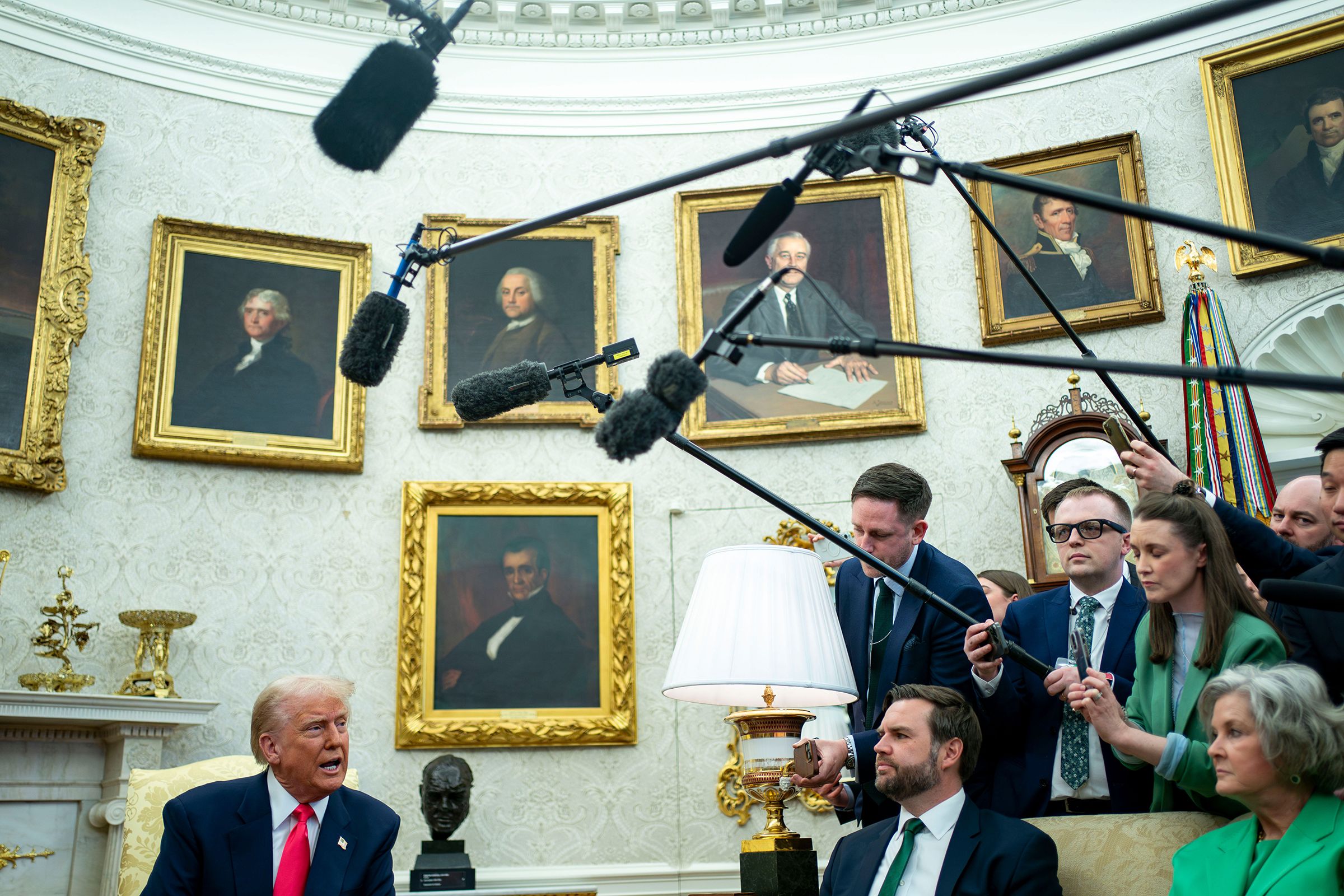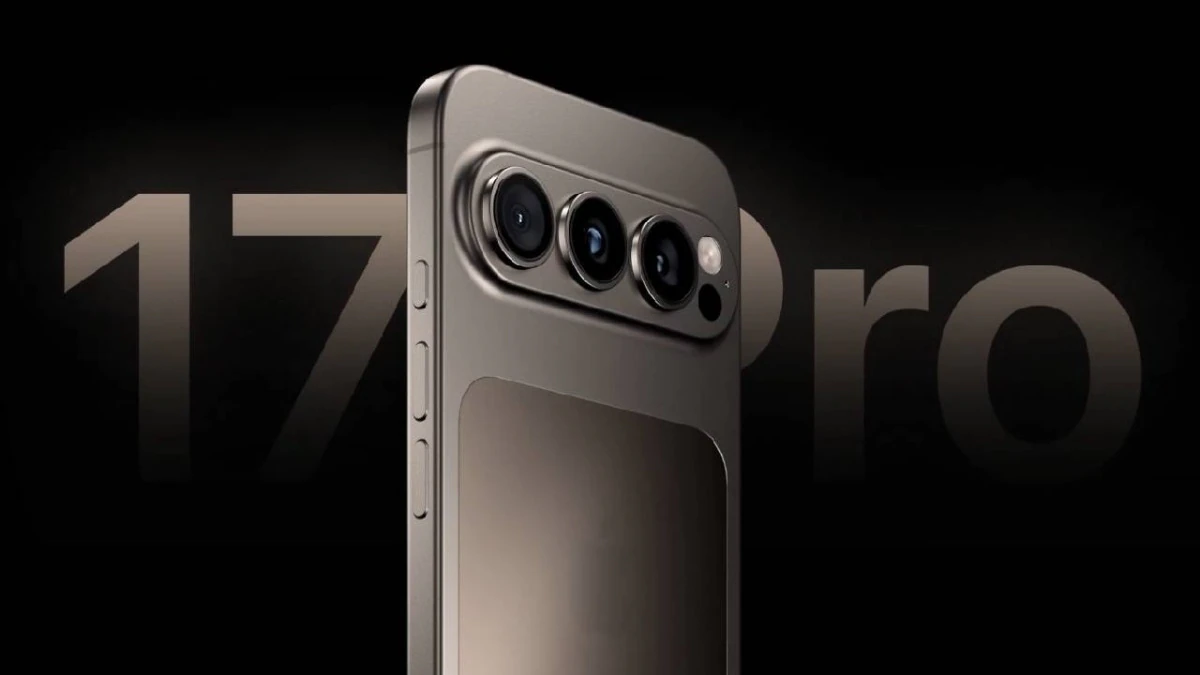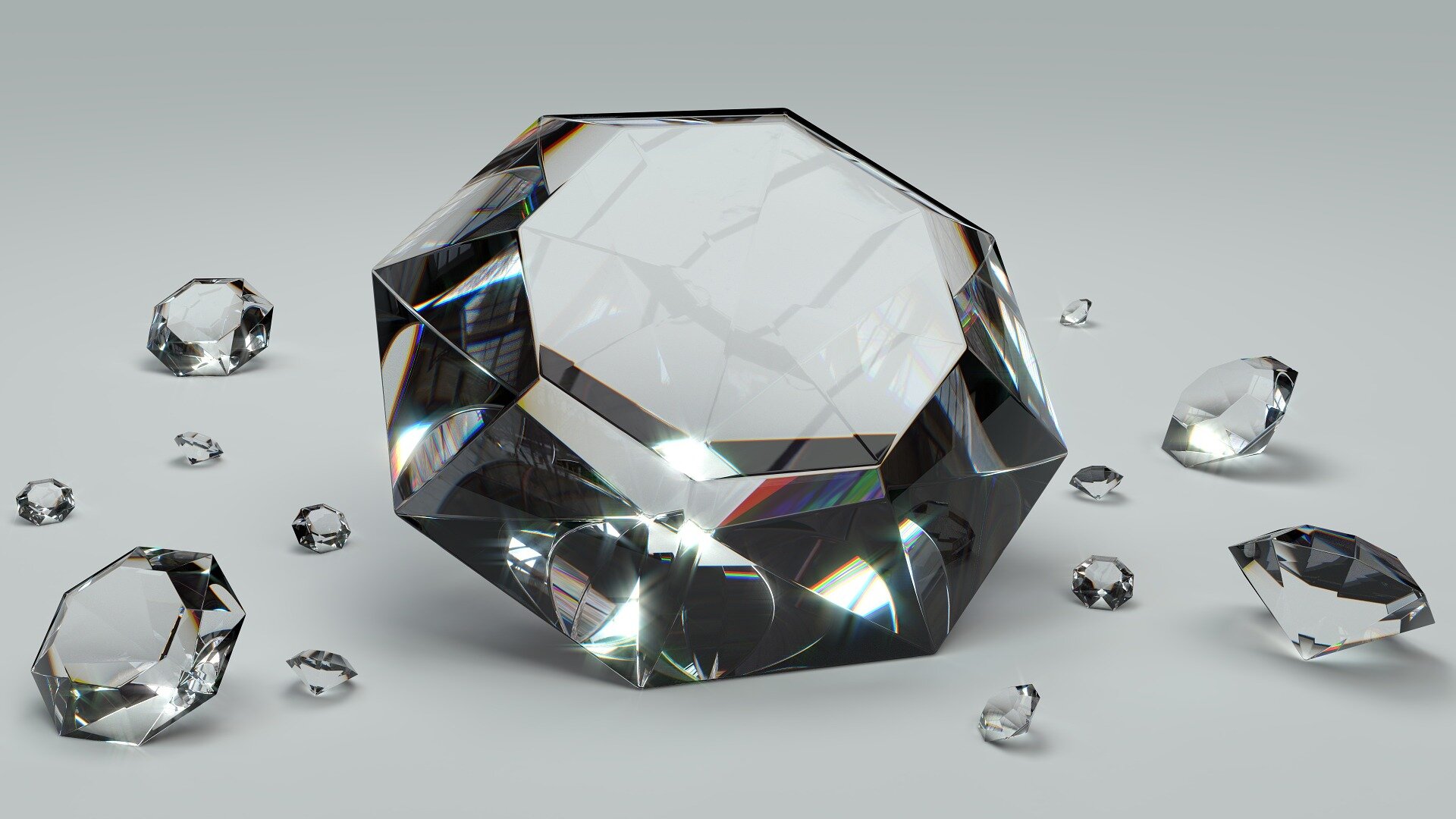
The White House has long been a symbol of American history, tradition, and political gravitas. Its décor reflects a blend of classical charm, patriotic symbolism, and historical reverence. However, with every presidential change, there tends to be a shift—sometimes subtle, sometimes dramatic—in how the residence is decorated. The tenure of Donald Trump as the 45th President of the United States marked a distinctive shift in this tradition, primarily driven by his unique personal aesthetic and vision.
Trump’s approach to the White House décor can be best described as a bold departure from conventional presidential styles. Unlike predecessors who often leaned toward historically inspired or subtly elegant interiors, Trump emphasized a **more personalized, assertive, and sometimes ostentatious aesthetic**. This transformation was not merely superficial; it represented a broader reflection of his personality, business background, and management style. As Trump himself famously stated, “I picked it all myself,” highlighting his active involvement in every aspect of the décor process, from choosing colors to selecting furnishings.
Trump’s Personal Vision: A New Direction for White House Style
During his presidency, Donald Trump committed to infusing the White House with a style that resonates with his identity—bold, modern, and distinctly American. This often meant **integrating elements of traditional elegance with contemporary and even luxurious accents**. This approach reshaped the narrative of presidential interior design by emphasizing personalization over historic continuity.
Some key features of Trump’s style include:
- Rich, Deep Color Palettes: Trump favored darker, more commanding colors such as navy, burgundy, and gold accents that convey power and luxury.
- Statement Furniture: The use of grand, eye-catching furniture pieces, often customized or with a modern twist, replaced more understated or historically researched selections.
- Gold Accents and Ornate Details: Gold trim, gilded frames, and opulent accessories became hallmarks of the décor, echoing a sense of wealth and success.
- Personalized Elements: Trump’s personal touch extended to artwork, furnishings, and décor items reflecting his business successes and personality traits.
This distinctive aesthetic not only differentiated Trump’s White House from previous administrations but also signified his desire to leave a personal stamp on the nation’s most symbolic residence.
The Role of Personal Preference and Influence
In interviews and firsthand accounts, Trump has emphasized his active role in selecting décor. According to Controversies and Reactions
While Trump’s décor choices have been praised by supporters who view them as emblematic of American success and strength, critics have argued that it diverges too sharply from the White House’s institutional history. Some have felt that the ostentatious gold accents and heavy furnishings clash with the dignified tone traditionally associated with the presidency.
The redecorating efforts also sparked discussions on the importance of historical preservation versus personalization. Nonetheless, Trump’s approach demonstrated that the White House could serve as a canvas for individual expression, even for a President who is unapologetically distinctive.
The Broader Impact on White House Décor Trends
Trump’s style has arguably set a precedent for future administrations—highlighting the potential for presidents to imprint their personal aesthetic on this historic residence. The shift towards more personalized and bold interior choices suggests that the White House can be adaptable to the taste and personality of its occupant.
Additionally, Trump’s approach underscores a broader cultural conversation about authenticity and personal branding. The White House, traditionally a symbol of continuity and tradition, is also a reflection of its leader’s personality. Trump’s décor choices affirm that the residence is not just a ceremonial space but also an extension of individual identity and national storytelling.
Conclusion
In sum, Donald Trump’s distinctive style has undoubtedly left a lasting mark on the White House’s interior design. By actively shaping every element, from the color palette to furnishings, Trump has redefined what it means to personalize the most iconic residence in America. His approach, characterized by boldness, luxury, and personal touches, has sparked conversations about tradition, individuality, and the evolving identity of the presidency.
While not everyone may agree with his aesthetic choices, one thing is clear: Trump’s vision has demonstrated that the White House can be a dynamic space—one that reflects both history and the unique personality of its occupant.
For more updated news please keep visiting Prime News World.








